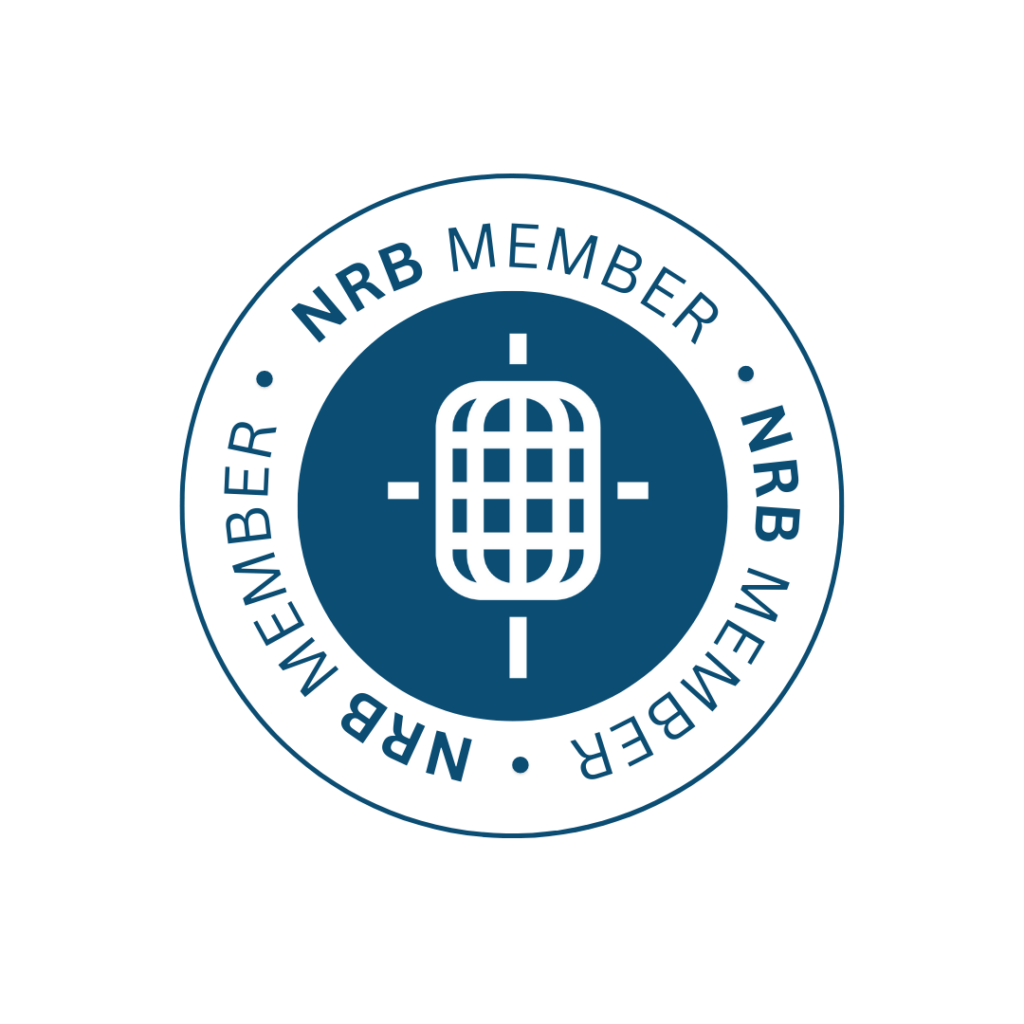DONOR ENGAGEMENT MATTERS: Building and Maintaining Strong Relationships
Patrick Doty
SENIOR CONSULTANT, CLIENT SERVICES
On a daily basis at home, I have a growing population of wild chickens that like to hang around, climb the trees, and make a mess of my garden.
In today’s climate, with egg prices the way they have been, you might say that I live on a modern-day goldmine. But when you also have a dog . . . things can get wild.
The other day, I let my dog outside and watched him immediately take off to combat a rooster that was hanging around. I grabbed a nearby leash and spent the next few minutes chaotically trying to catch my dog. When I finally got ahold of him, I went to latch his leash and realized I hadn’t put his collar on. I spent all this time and effort catching my dog, only to result in a further struggle to wrangle him back inside the house.
While I hope your fundraising program doesn’t mimic a dog chasing a rooster, there is a lesson to learn here.
Acquiring donors takes a lot of work and is incredibly important to the overall health of your fundraising program. But if you can’t retain those donors, the time and investment to acquire them has been lost.
As it’s now summer and a historically slower season of giving, this is a great opportunity to review and refine your cultivation efforts and ensure that both you and your donors benefit from this relationship.
Here are a few questions you can ask to optimize your fundraising efforts.
1. Are You Affirming Your Donors?
One-size-fits-all messaging can make donors feel like just another number. Instead, personalize communication and affirm donor support.
- Address donors by name
- Recognize their past contributions and the impact they’ve made
- Use inclusive language that celebrates their support (e.g., “You made this possible”)
A culture of gratitude fosters donor loyalty.
2. Are You Providing Consistent and Meaningful Updates?
Donors don’t give to help your organization succeed. They give for the impact you’re having on people. Tell them!
- Showcase real stories of lives being changed
- Provide tangible results from donations
- Include photos, videos, and testimonials
- Deliver stories through multiple channels, including email, social media, and print newsletters
A culture of report-back fosters donor trust.
3. Are You Encouraging Continued Donor Engagement?
Donors are people! And most people don’t want to be forgotten. Make sure your donors know that you haven’t forgotten their past support.
- Identify the average point when your lapsed donors stop giving, and send pre-lapse communication
- Re-engage with lapsed donors through personalized messaging, letting them know they are missed
- Offer matching gift opportunities to renew support
A culture of consistency fosters donor commitment.
In college, I made a $20 donation toward a nonprofit that I believed in. For a student, it was a lot of money, but I’m sure it was just a drop in the bucket for the organization. Regardless, a few days later, I received a personal phone call thanking me for my support. That big gesture in response to my small gift made me a lifetime supporter.
Building and maintaining strong relationships with your donors is an ongoing process, but without them, would you exist?
If you need help with more ideas about engaging donors and building a support that will carry your organization into the future, reach out to us! We’d love to listen and support you.









